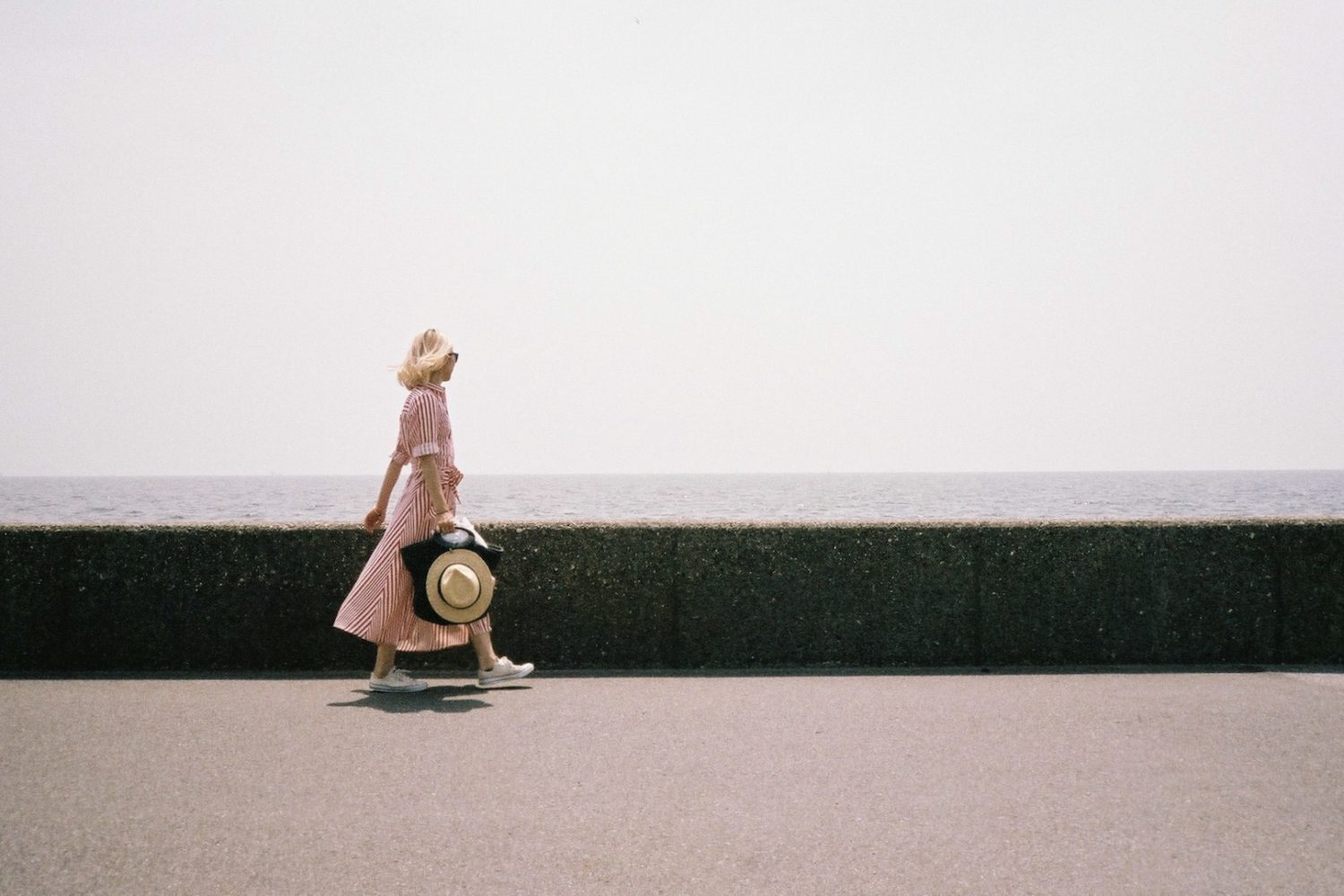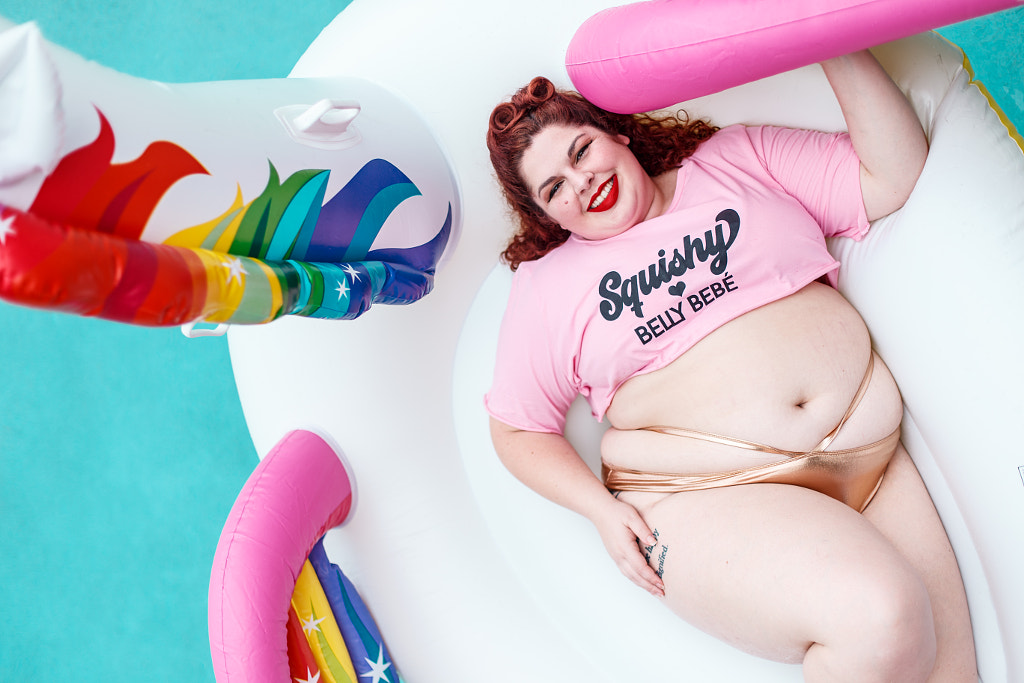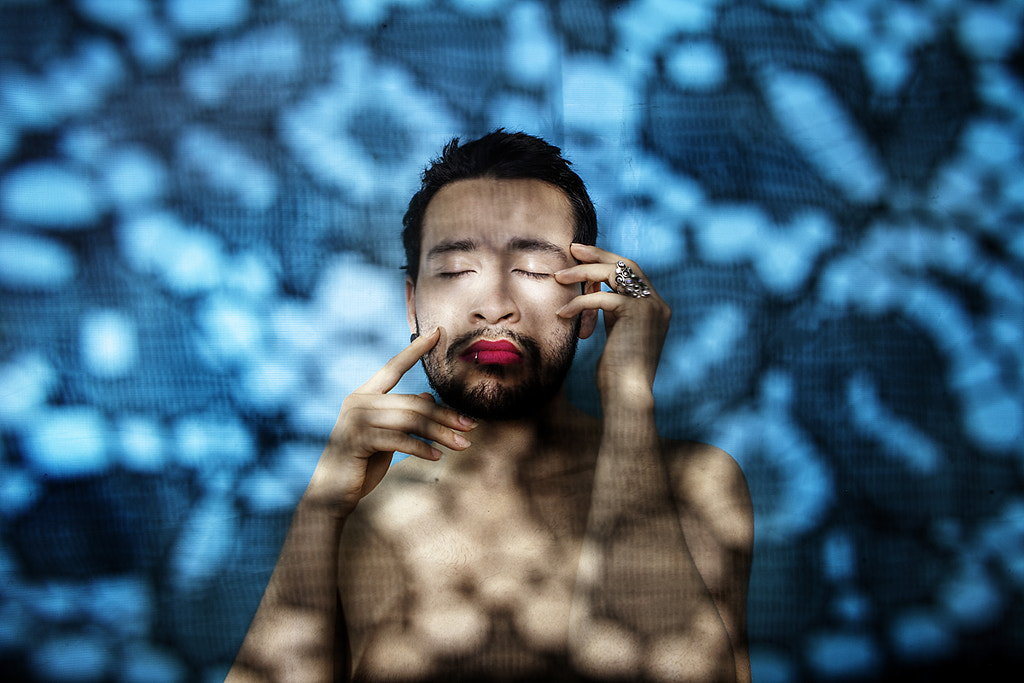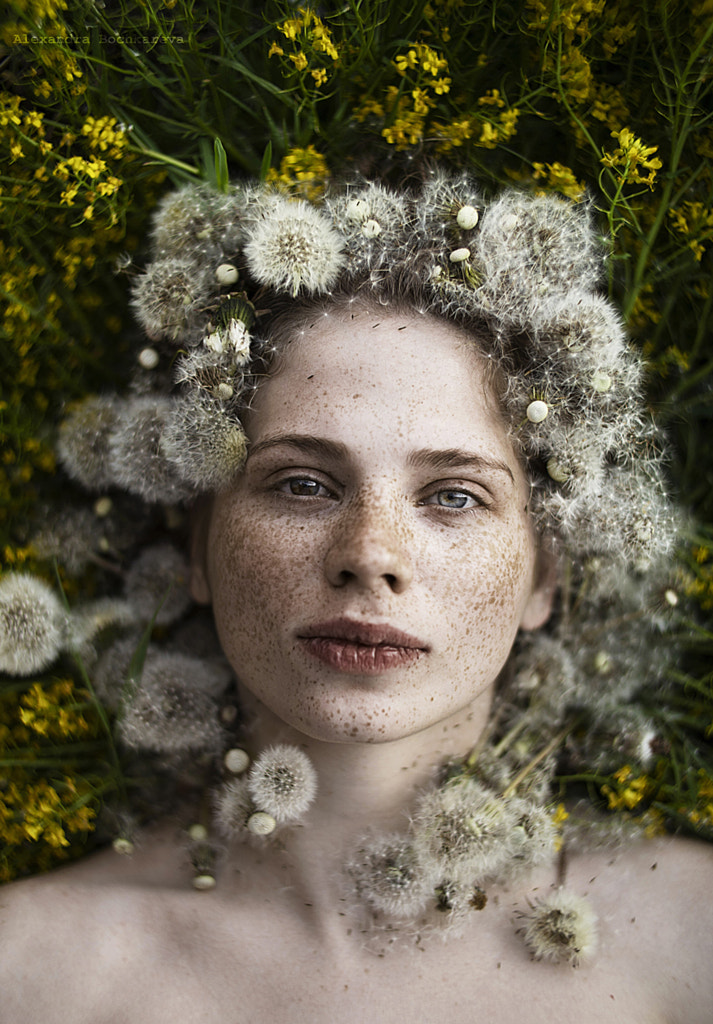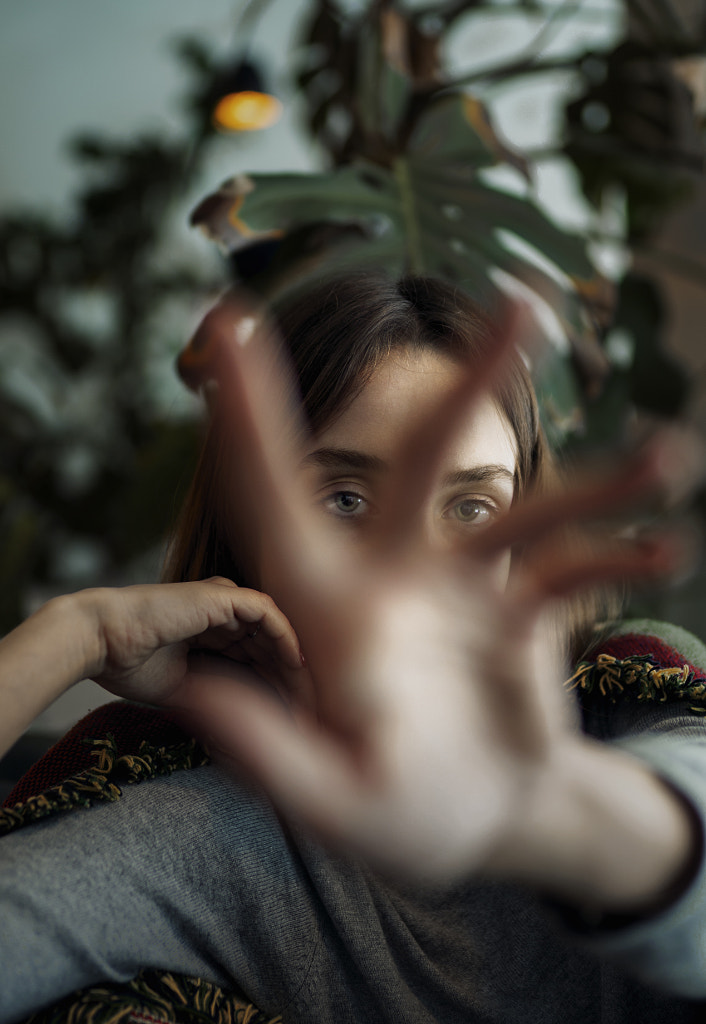12 women, all wearing hats, hair blowing in the wind. 12 explorers venturing into the depths of an ice cave. 12 hands, each holding a maple leaf. These are just three of the collages you’ll find on Insta Repeat, an Instagram account run by an anonymous filmmaker.
The premise is simple: the @insta_repeat feed includes screenshots of photos pulled from a huge variety of accounts. Once they’re organized in a grid, they serve to highlight the, sometimes, crushing homogeneity of the social platform and modern media in general. The account currently has well over 300K followers.
At a time when it feels everyone wants to look the same, there’s another movement brewing. A rising generation of photographers is calling for diversity and authenticity. When it comes to candid portraits, individuality is everything. Here’s how to get the most out of your shoot.
The Dos
Stay active. The best way to get people to “forget” about the camera is to photograph them in the middle of an activity. Observe your subjects at work, or plan to do something you know they love, whether it’s swimming in a local lake or playing a game of pool.
Take photos back-to-back. Often, the most interesting facial expressions are the ones we don’t anticipate. Turn on your camera’s burst mode to capture some of those in-between moments you didn’t see coming. You could surprise yourself and your subject.
Incorporate the environment. The setting itself can reveal as much about a person as their facial expression. Photographing your subjects on their own turf does two things. First, it helps put them at ease, resulting in natural pictures. Second, it gives you the opportunity to include the things that help define them: a favorite room, an old bookshelf, or in this case, a fun selection of pool floats.
Master available light. There’s nothing like a bright flash to interrupt a quiet, introspective moment. Artificial light can be a wonderful tool, but regardless of the equipment you choose, you need to understand how natural light works.
For soft, warm light, aim for the golden hours around sunrise and sunset, or choose twilight if you prefer those cooler tones. You can also incorporate street lights and ambient lights. The American photojournalist W. Eugene Smith famously said, “Available light is any damn light that is available.” Use all of it!
Take a risk. Portraits often stand out because they have one extraordinary element. Spend time with your subject to discover what that detail will be. Maybe it’s a tapestry of freckles, a one-of-a-kind birthmark, or even a distinctive scar. Perhaps it’s a melancholy expression or a faraway glance. You can also create these elements yourself by introducing various types of jewelry, makeup, or wardrobe. Use light and shadow to illuminate the face in unexpected ways.
Engage. While the fly-on-the-wall approach is appropriate in some situations, it’s not always possible to fade into the background. Talk to your subject about their lives and experiences and share some of your own stories too.
Empathize. A well-known artist once told us that he never photographs strangers. Every person he photographs is a friend, even if he’s just met them on the street and never sees them again. The best portraits are unique, but they’re also universal. Find common ground with your subject, and that connection will shine through in the photos.
Take a portrait every day. You won’t love every photo you take, but that’s not the point. The goal of this simple assignment is to get comfortable photographing people. Start with your family and friends. The French photographer Nadar made some of his greatest portraits while working with those closest to him. “The portrait I do best is of the person I know best,” he once said.
The easiest way to get over shyness is to approach as many people as possible. The more you shoot, the better you’ll get at reading expressions and spotting those unforgettable moments. Self-portraits count too, so use that shutter release, self-timer, or mirror to your advantage.
The Don’ts
Don’t over-direct. Telling someone to pose or smile usually results in an unrealistic, canned photo. Instead, give your subjects room to express themselves without any pressure. Keep the atmosphere light and spontaneous, and be ready to click that shutter at the right time.
Don’t mess with your Setting. Fiddling with your camera is a surefire way to bring your subject out of the moment and call attention to yourself. Get to know your camera well enough that you can adjust your Settings without thinking about it. Practice at home first if you need to. If you anticipate needing different lenses, consider bringing multiple bodies so you don’t need to switch them.
Avoid checking the screen on the back of your camera. Constantly looking at your LCD is just as bad as taking forever to fix your Settings. Portraiture is about the relationship between the photographer and the subject. A camera is just a tool, and it doesn’t deserve more attention than your model.
You can look at the photos later—use the time you have with your subject to focus on building your connection. You don’t want to miss the perfect photo because you’re staring at the last one you took! If you find that you can’t stop yourself from automatically checking the LCD, try using (or renting) a film camera for a few days to train yourself out of it.
Don’t weigh yourself down. Keeping your gear minimal will help you stay light on your toes. If a sunbeam appears during an outdoor shoot, you’ll need to be mobile and adjust your position. You’ll also want to move your subject around in order to capture the different ways the light hits their face, and dealing with a heavy camera and tripod will only slow you down.
Plus, too much gear can be distracting for any model. Working with a small camera, even if it’s your phone or a point-and-shoot, is less intrusive, especially when it comes to capturing those unplanned moments.
Avoid giving everything away. Great portraits have an air of mystery. They inspire curiosity and make us ask questions. Reveal some details and clues to your subject’s personality, but don’t be afraid to hold something back.
Don’t go crazy with the edits. Often, it’s the so-called “flaws” or “blemishes” that end up telling a person’s story. Avoid heavy retouching, and stay true to the subject.
Don’t be disrespectful. Great portraits can be complicated and even painful, but they’re never cruel. Taking a photo of someone else is a privilege. Represent them with integrity.
Never leave your camera at home. Opportunities for portraits are everywhere. You might find an interesting character on the way to the grocery store or while waiting at a salon, so keep your camera with you at all times.
Embrace the truly candid moments. If you’ve arranged a more formal photoshoot, don’t forget those “outtake” moments. Photograph your subject during breaks and in-between shots. While you’re packing up, keep a small camera out of your bag just in case. The best photo of the day could end up being an accident, caught on a whim as you were getting ready to leave.
Not on 500px yet? Sign up here to explore more impactful photography.
